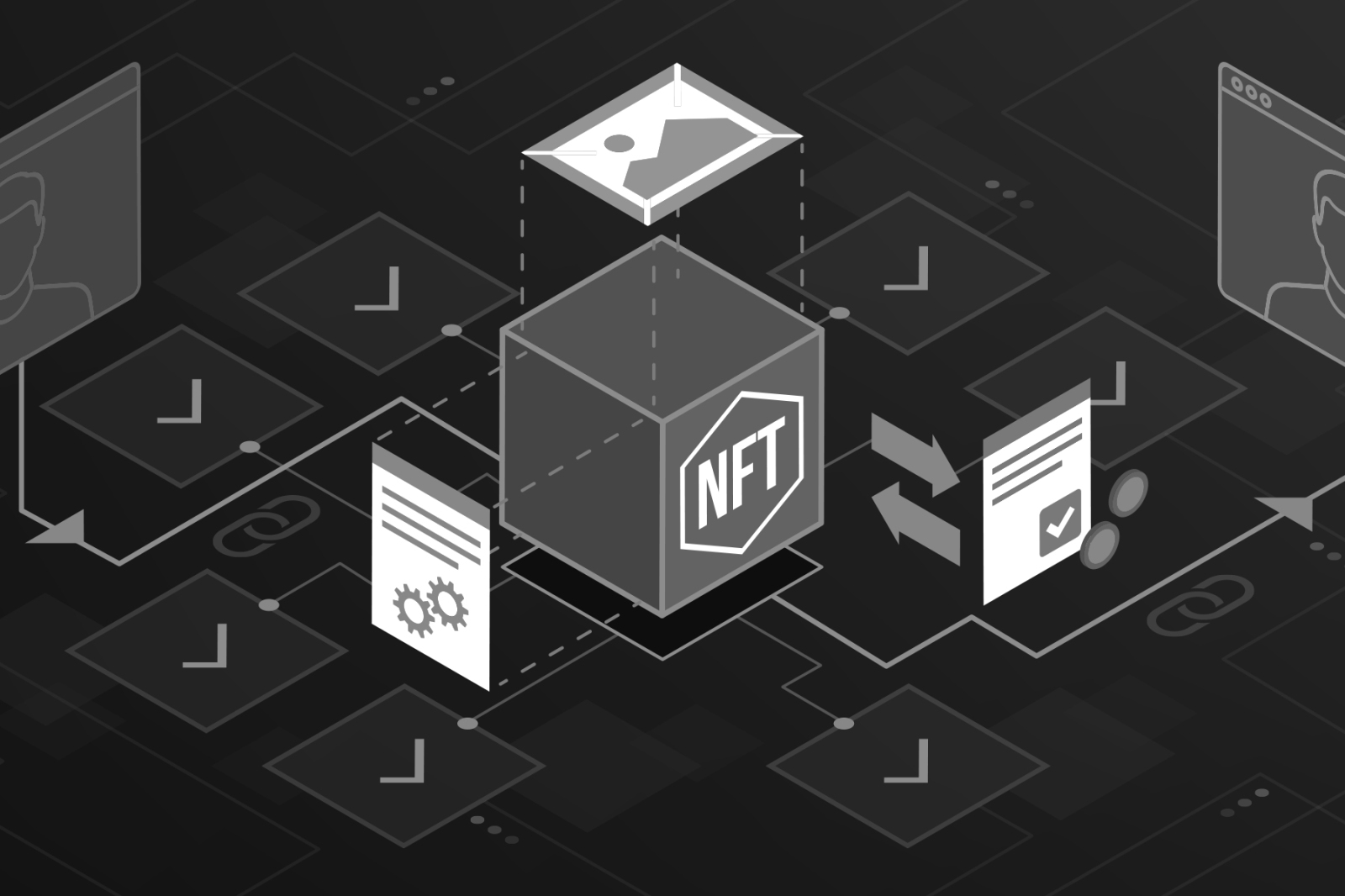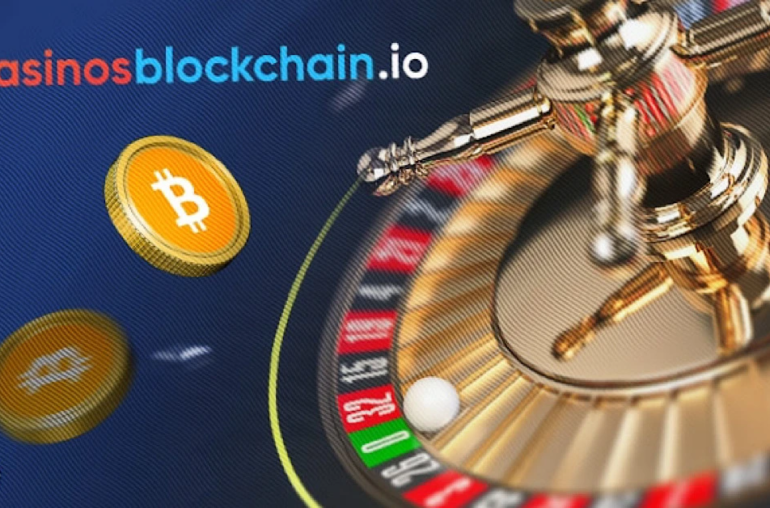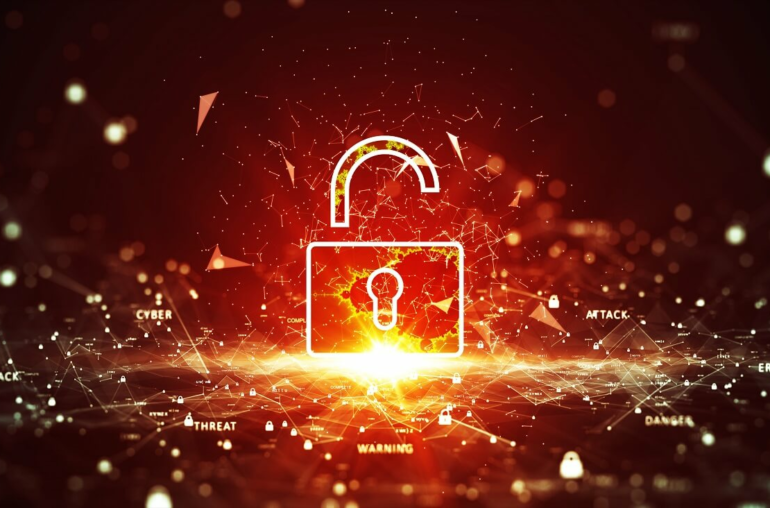By Max Thake
Despite a slump in popularity compared to the peak of the bull market extravaganza, NFTs are still all the rage in entertainment today, bringing anything from beloved Marvel superheroes to video game classics on-chain. They are helping to free musicians from oppressive streaming services, and for digital artists, they could be the pathway to independence. Tokens are what makes Web3 different from Web2.
Whether fungible or non-fungible, tokens represent owning assets via the web. I firmly believe they are here to transform the very concept of ownership forever, and art is just the first industry to be disrupted.
If only things were ever so straightforward.
For the uninitiated, here is how NFTs work. A single NFT is a record on the blockchain, a decentralized ledger, which has a link to the underlying asset. This asset can be anything from a picture, such as the famous Bored Apes, to a music file, video clips or anything else.
blogherads
.defineSlot( ‘medrec’, ‘gpt-dsk-tab-article-inbody1-uid0’ )
.setTargeting( ‘pos’, [“mid-article”,”mid”,”in-article1″,”mid-article1″,”inbody”,”inbody1″] )
.setSubAdUnitPath(“culture-council/article/inbody1”)
.addSize([[300,250],[620,350],[2,2],[3,3],[2,4],[4,2],[640,250]])
;
});
Here is the catch: An NFT is a token, which by extension means that it’s not a picture, .mp3 file or video. It can be if the blockchain record includes the asset itself, but storing a video on-chain is not a good idea, as blockchains don’t handle large chunks of data well. Thus, most NFT projects store the underlying assets either on a regular Web2 server or on a peer-to-peer network like the InterPlanetary File System.
So let’s say we just went ahead and purchased an NFT. What did we actually just buy? We bought the token, not the picture. The exact rights that we get for our NFT depend on the terms and conditions set forth by the specific project. Bored Apes, for example, grant you ownership over the art behind the token and commercial rights to it. Things are murkier with CryptoPunks, where your commercial rights are more limited.
The Rolling Stone Culture Council is an invitation-only community for Influencers, Innovators and Creatives. Do I qualify?
Now, unless we really, really want to go to the exclusive NFT-related parties, we’d next wish to get the best bang for our buck. With most NFTs, this is a matter of flipping them or selling them to someone else at a higher price than you bought them. You could say this sounds very Ponzi. You could also make the same case for investing in traditional art, though, with the extra benefit of coming equipped with an arsenal of tax evasion tricks that crypto can hardly ever hope to replicate.
The more crypto-savvy can try other approaches, such as staking their NFTs or using them as collateral for a loan that would get invested elsewhere. Still, the concept of a complex financial operation powered by a high-value link to a .jpeg file does not sound like the best the technology can offer. NFTs are just another token type; their provenance may come from art, but there is no reason whatsoever for them to stay there.
Currently, the absolute majority of NFTs represent assets that are fundamentally static. Much like a rose that would smell as sweet by any other name, a .jpeg would do little other than sit on a server no matter what you do with the token representing it on-chain. It’s possible to argue that this doesn’t apply to assets like in-game characters, like Axies in Axie Infinity, but with those, you run into another problem. Any in-game character, whether bound to an NFT or not, can only exist within the framework of the game, and if the game shuts down, the ownership the NFT brings to the table will not mean much.
blogherads
.defineSlot( ‘medrec’, ‘gpt-dsk-tab-article-inbody2-uid1’ )
.setTargeting( ‘pos’, [“mid-article2″,”mid”,”in-article2″,”mid-article”,”inbody”,”inbody2″] )
.setSubAdUnitPath(“culture-council/article/inbody2”)
.addSize([[300,250],[300,251],[620,350],[2,4],[4,2],[3,3],[2,2]])
.setLazyLoadMultiplier(2)
;
});
Dynamic assets, those acting and generating revenue on their own, make for a more interesting use case for NFTs, transforming their entire value offering and the way the community uses them. At the start, it can be something as basic as an NFT entitling the holder to a specific share — perhaps based on the time of purchase — of transaction fees within a specific blockchain network. Such a token would generate passive earnings over time, scaling with the network’s overall activity volume.
Moving on, there are even more exciting prospects to explore — handling ownership over a generative AI, for example, or copyright over its outputs. It could be images or music, of course, which is what such machine learning models are used for these days, but also trading strategies or computer code.
Furthermore, as the real world grows more and more digitized — and I am talking about the Internet of Things proliferation, not the metaverse — we’ll likely own more and more things through NFTs simply because it makes more sense. Even now, an NFT ticket makes sense because it’s harder to counterfeit and easier to sell off if you’ve changed your mind about going to the gig. An NFT magazine subscription makes sense for the same reason — you can sell it off at will and get back some of the money you spent on it.
All of this would take a significant amount of research and development as well as creative experiments with new technologies and platforms. Still, the end result, a future where we actually get to own things in a verifiable and trustless way, is worth all of the headache involved from my perspective. Flipping NFTs is fun, but have you tried flipping the paradigm?
We want to hear it. Send us a tip using our anonymous form.
Copyright © 2022 Penske Business Media, LLC. All Rights reserved.



